The Uncanny Valley: Robotics Art Lab
by Not_Tasha in Teachers > Robotics
2147 Views, 1 Favorites, 0 Comments
The Uncanny Valley: Robotics Art Lab
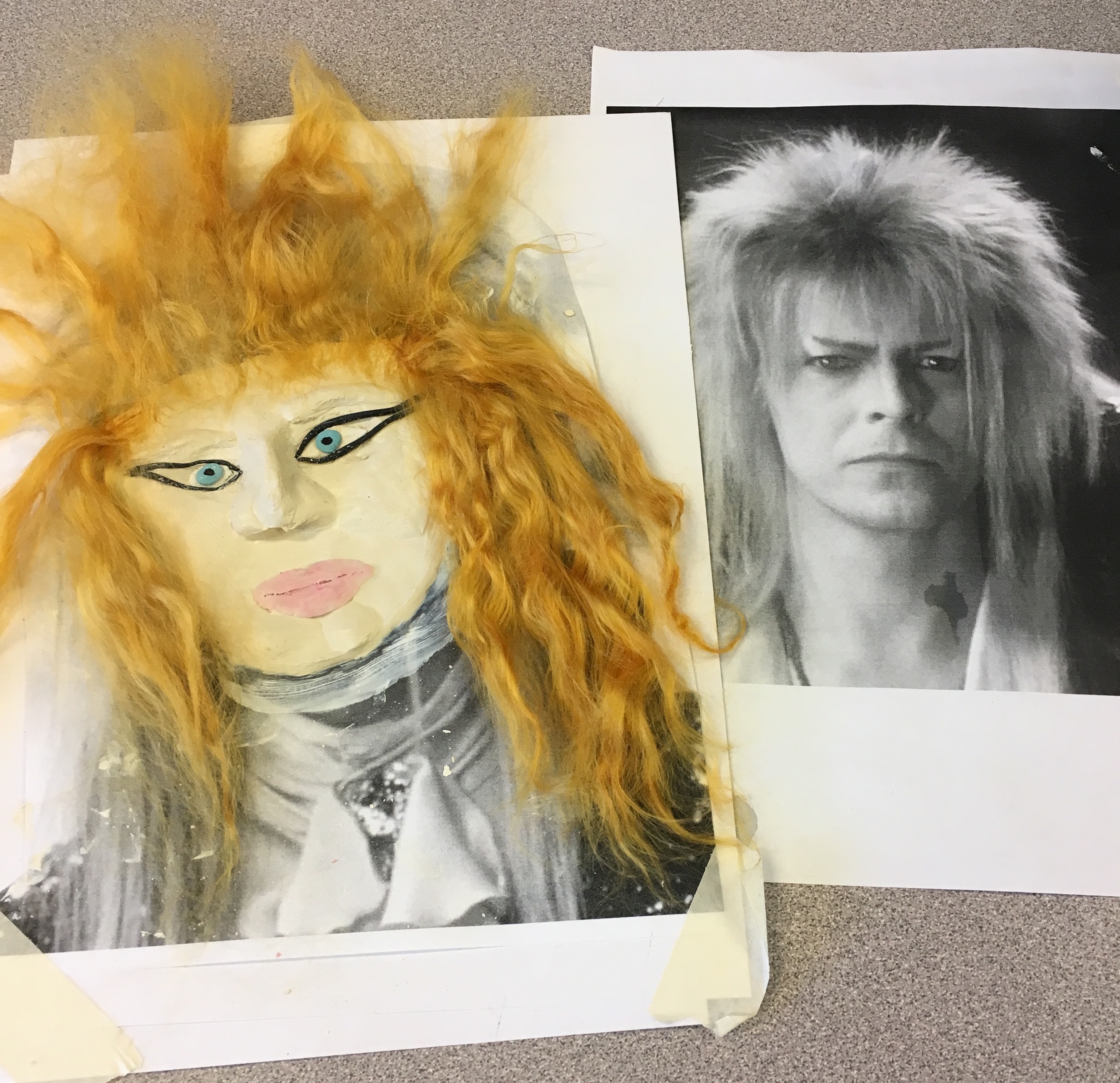
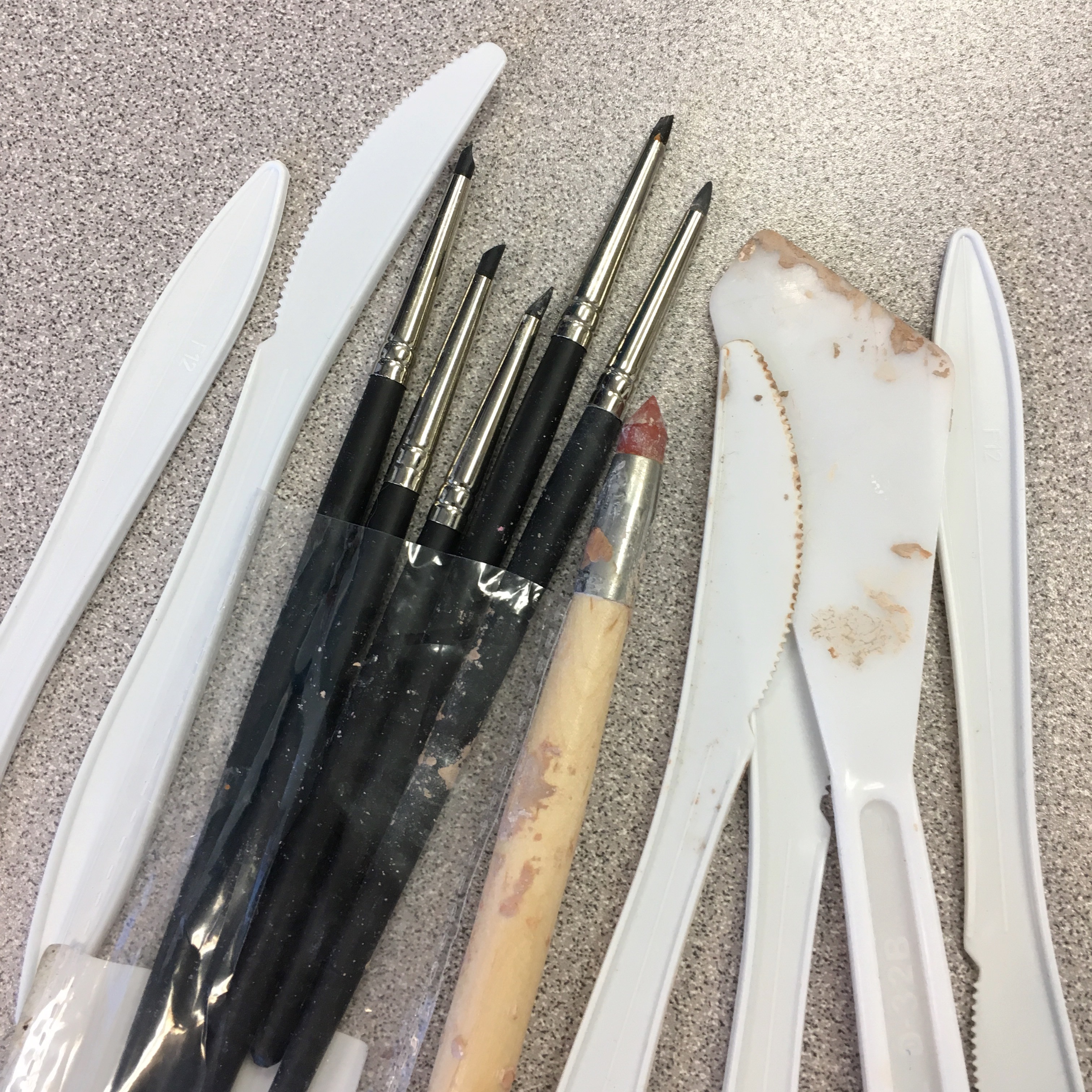
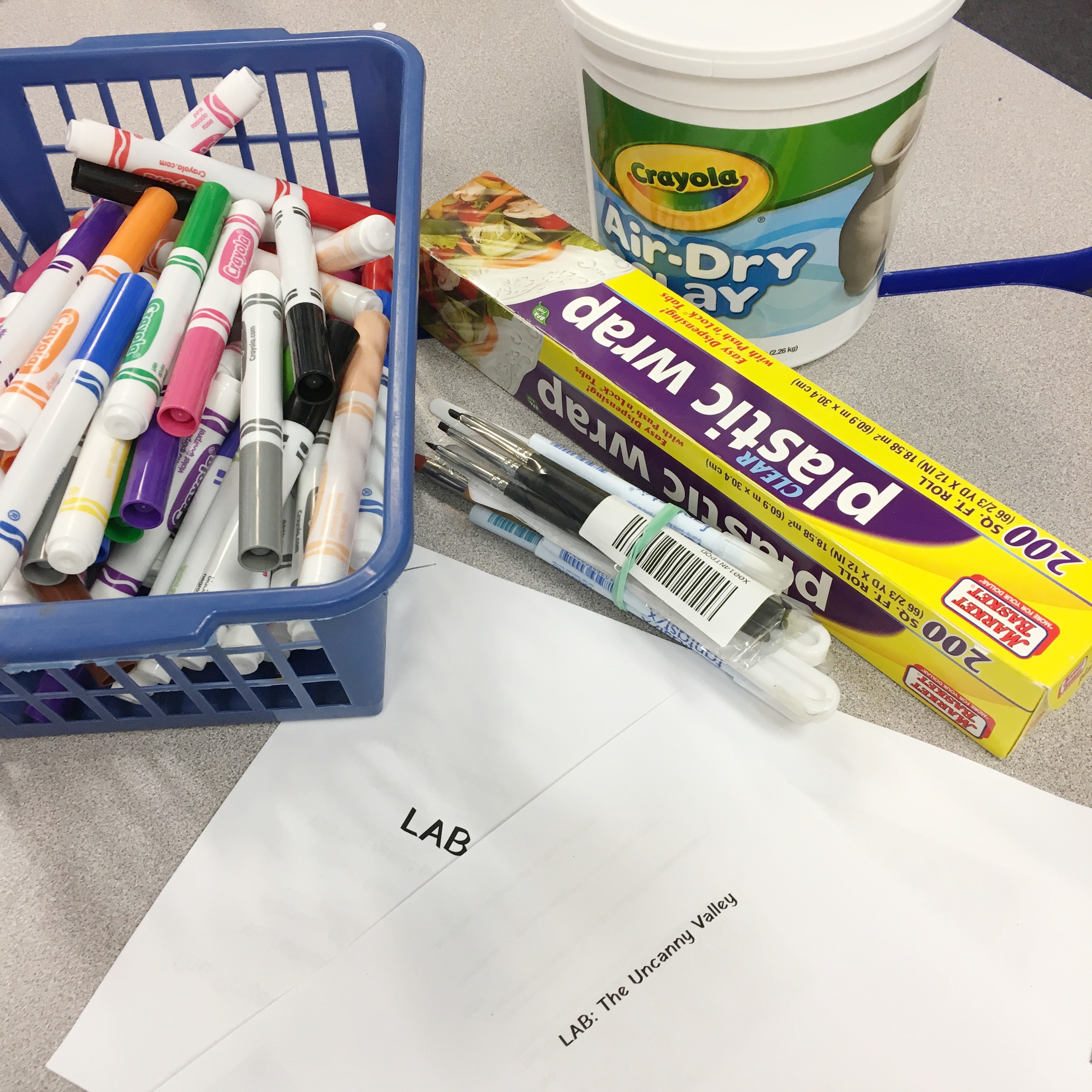
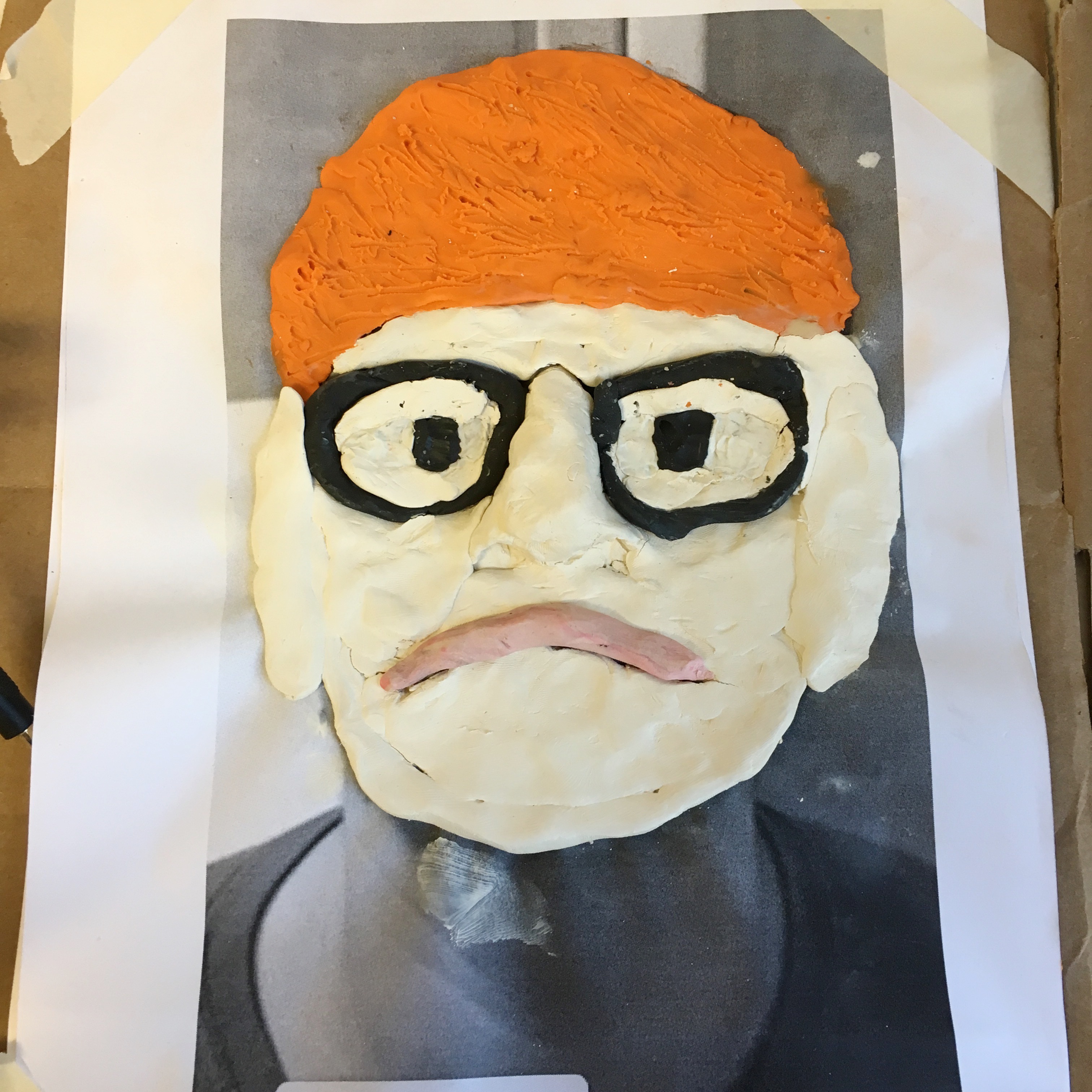
I modified this activity for my high school Intro to Robotics class from the MAKE: Making Simple Robots book. There's a chapter on the uncanny valley and an activity making clay self-portraits. I figured the point of the activity is to show people (in my case, I used it to show students) how difficult it is for roboticists (and computer animators, game developers, etc.) to create truly human-looking robots/game characters etc.
The uncanny valley is this: people are comfortable with human-looking robots until a certain point when the robot looks more human than robot, but there's something so off about it and so clearly not human, that people become disturbed by it.
When I introduced this lesson, I showed my classes multiple slides of non-human looking robots and then robots that people attempted to make look like people. I also showed them CGI examples of the uncanny valley (Polar Express, Shrek, Beowulf (the one with Sean Bean, Angelina Jolie) etc.) none of my students seemed as bothered by the CGI or humanoid robots as older adults tend to. Fascinating, because there is argument over whether or not the uncanny valley really exists---some people suggest its a generational thing. The generational thing seems to have something to it as none of my students found anything off about the pictures.
Tip: If you are working over multiple days, use plastic wrap to wrap the portraits up. They won't be 100% soft, but they won't be 100% hard and will still be workable. Use water to soften the areas you are working with.
Supplies
Modeling clay/Model Magic clay (white)
Washable Magic Markers
Photocopies of photos (of yourself, your students etc.)
Tools for working with clay (plastic utensils, clay tools, toothpicks, etc.)
Wool for hair (optional)
Cardboard
Masking tape
Plastic wrap
Mixing Colors
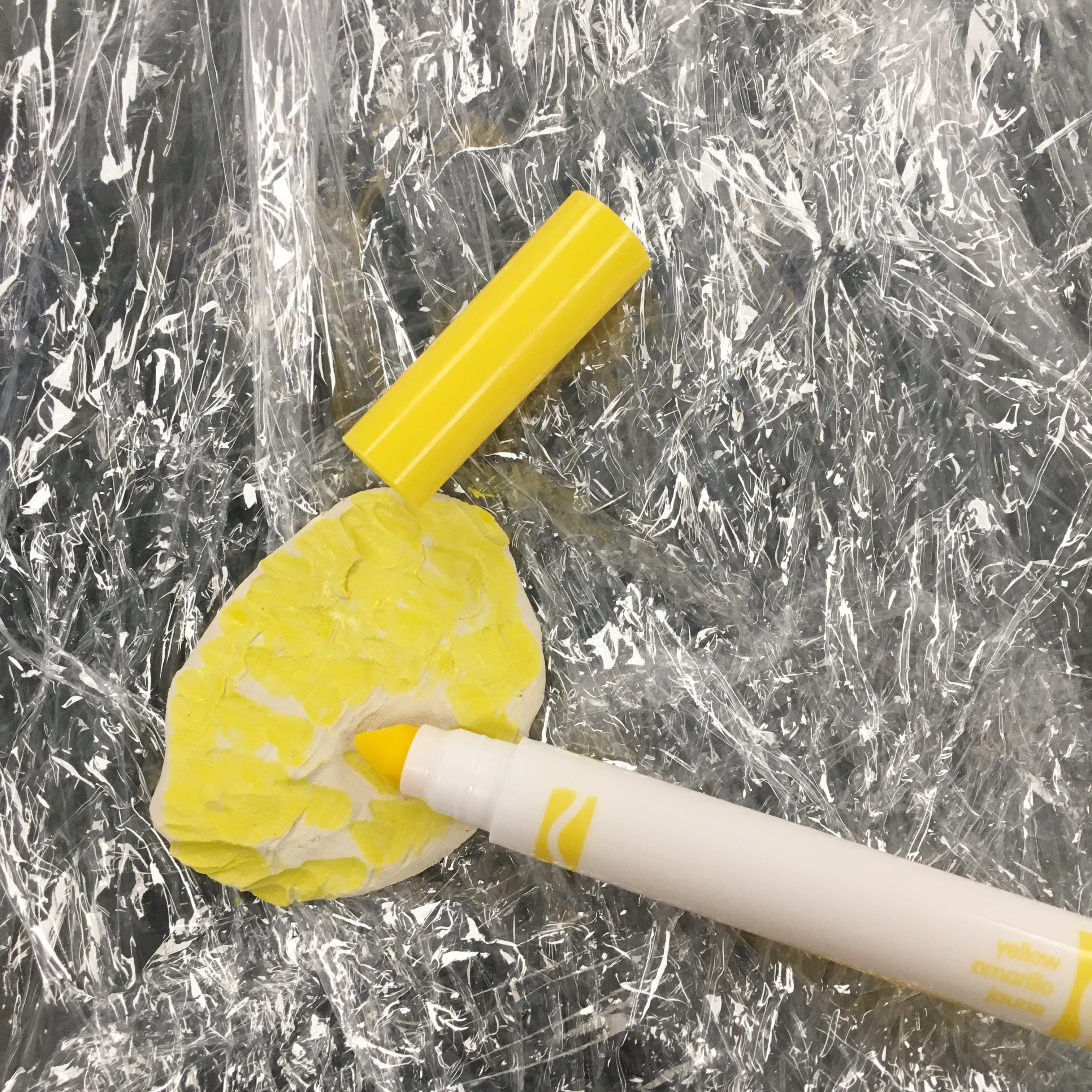
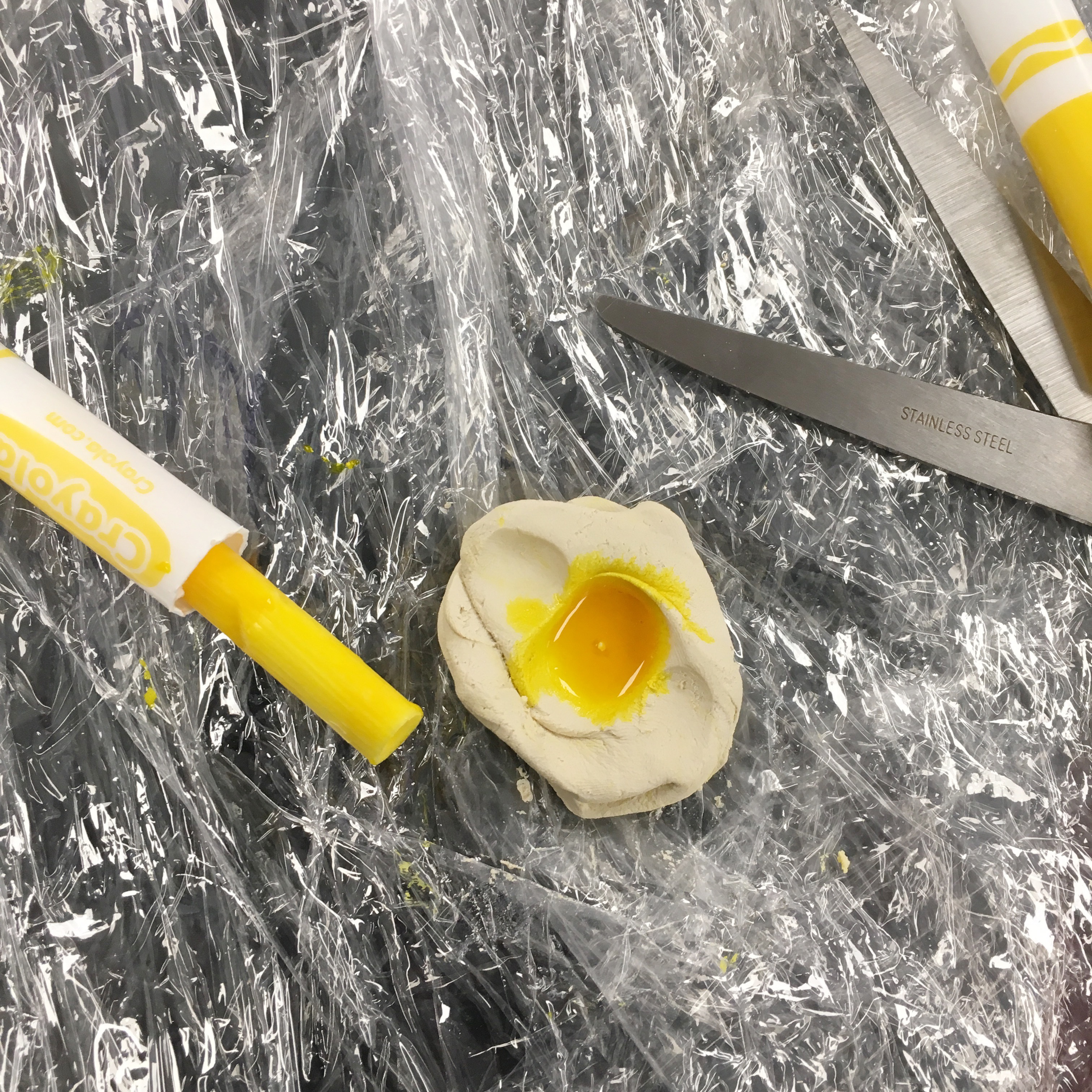
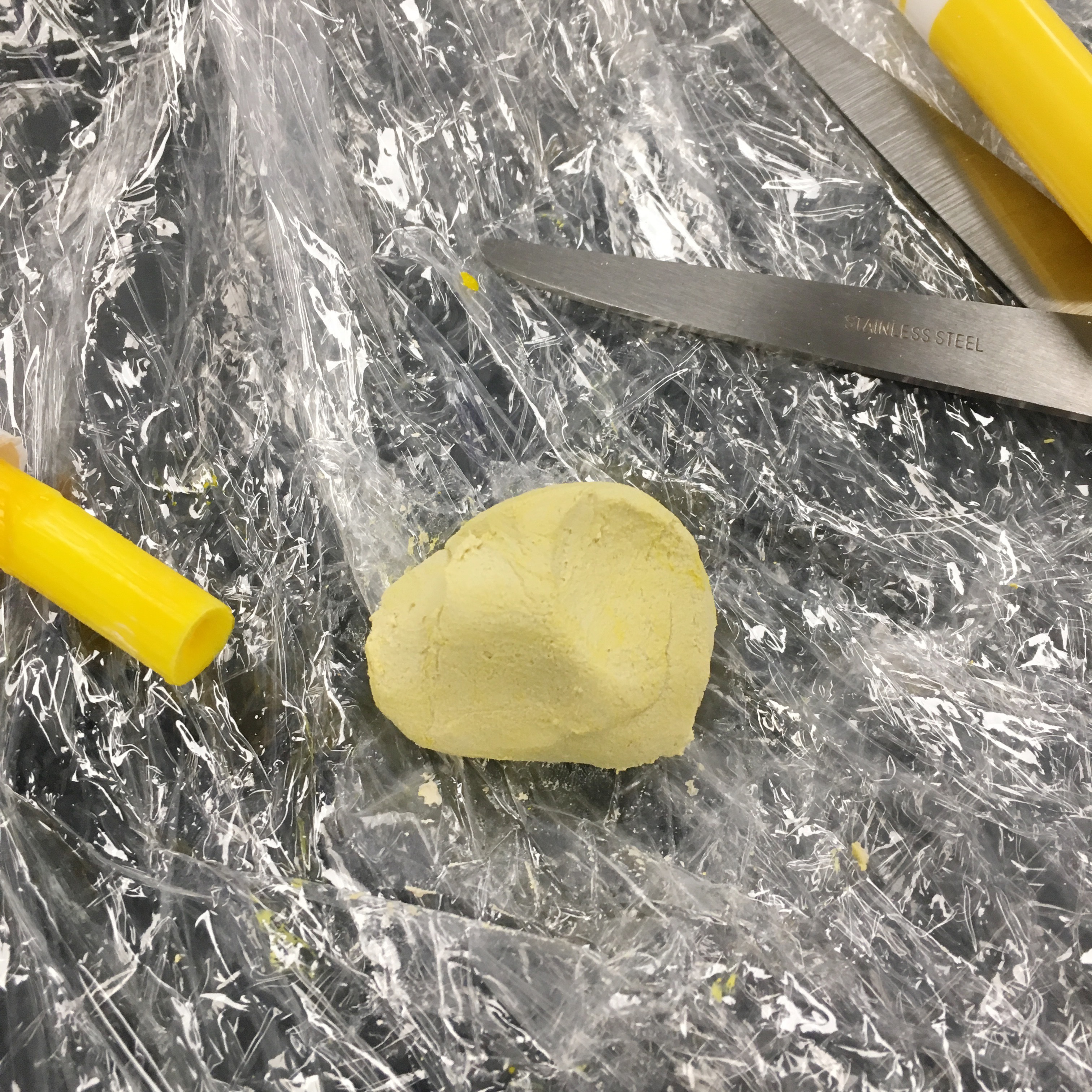
Buying a 2-5lb container of white clay is more economical than buying smaller amounts of a variety of clay. Get your color by using washable markers to tint the white clay.
Food coloring would probably also work, but I had a lot of washable markers on hand and cut them up to squeeze the color out faster. After you've got some ink on your clay, knead it and add more ink until you have reached the desired color.
Tip: I bought Crayola modeling clay in white (it's more like an off-white) and not the Model Magic (which is really white) so this may account for some of the difficulty we had tinting the clay. Use more ink than you think is necessary if you're not using the Model Magic white.
Scoring
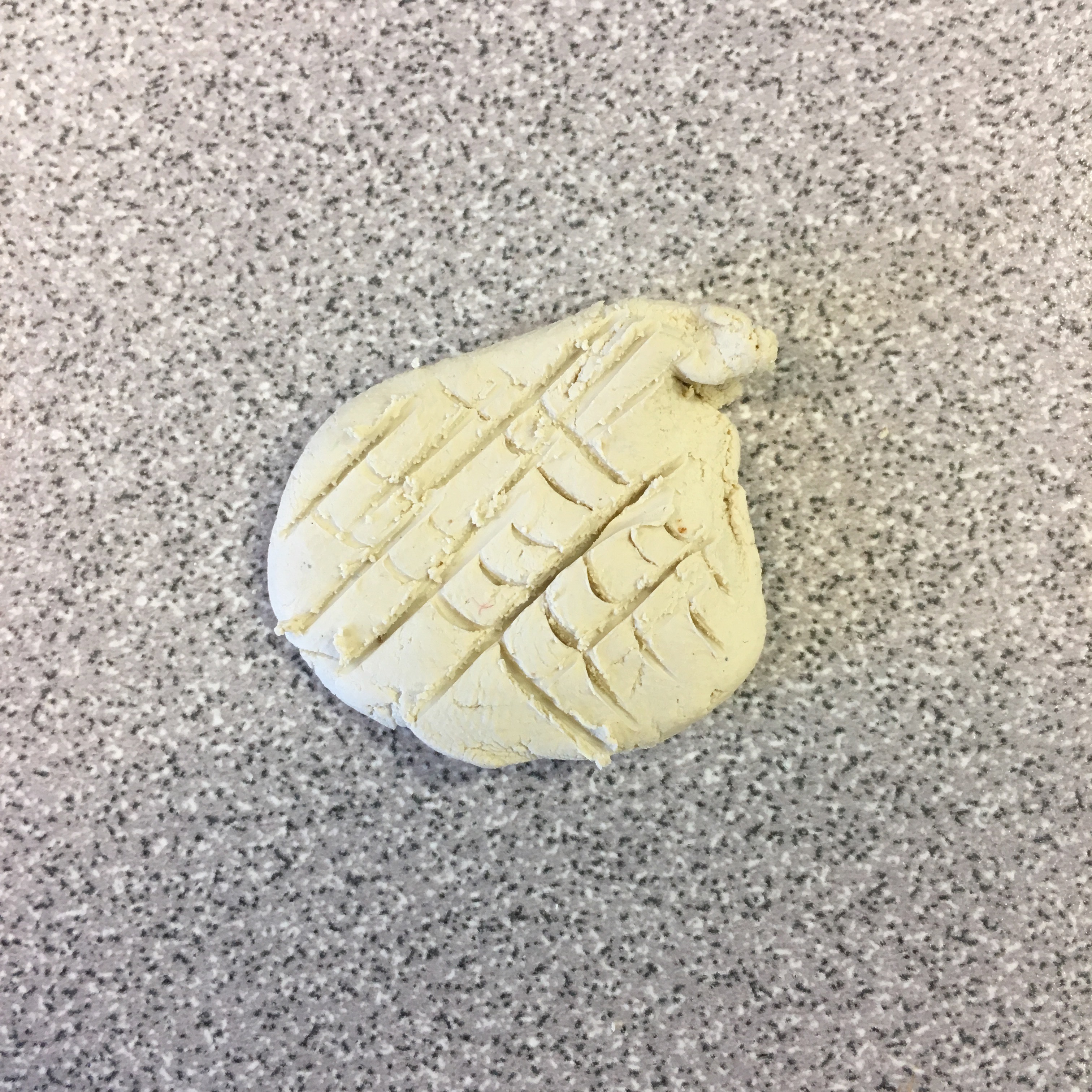
Scoring is what you do when you want to join pieces of clay. You mark up both sides of the clay pieces you want to attach and rub them with a little slip (very watery clay mixture) and then mush them together.
Pictures
Make a couple copies of a photo of yourself. Make sure the background of your photo is solid, ideally light colored, and your pose is straight/facing forwards. Tilted poses means more dimensional work.
I used a couple David Bowie from Labyrinth photos for my examples.
Getting Started
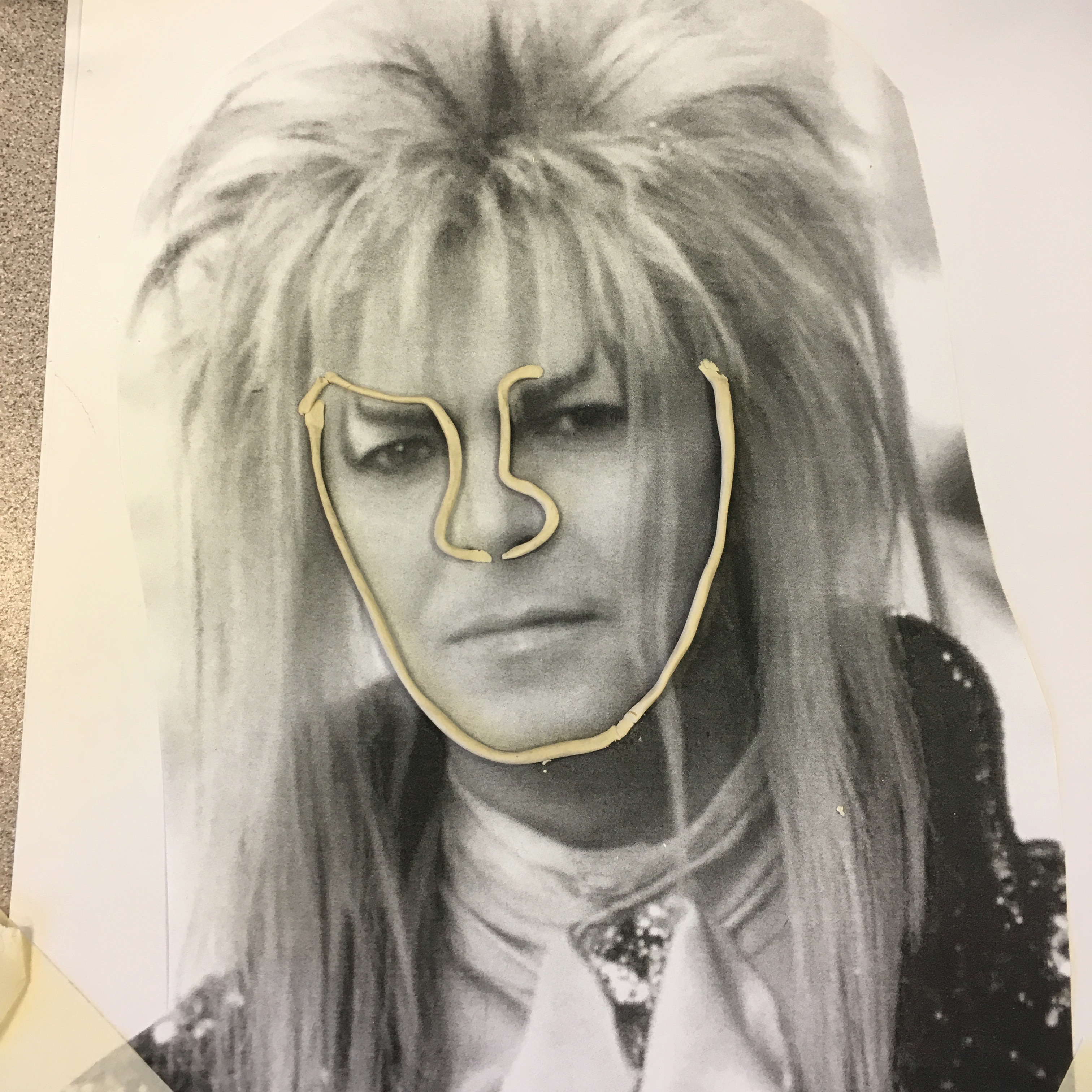
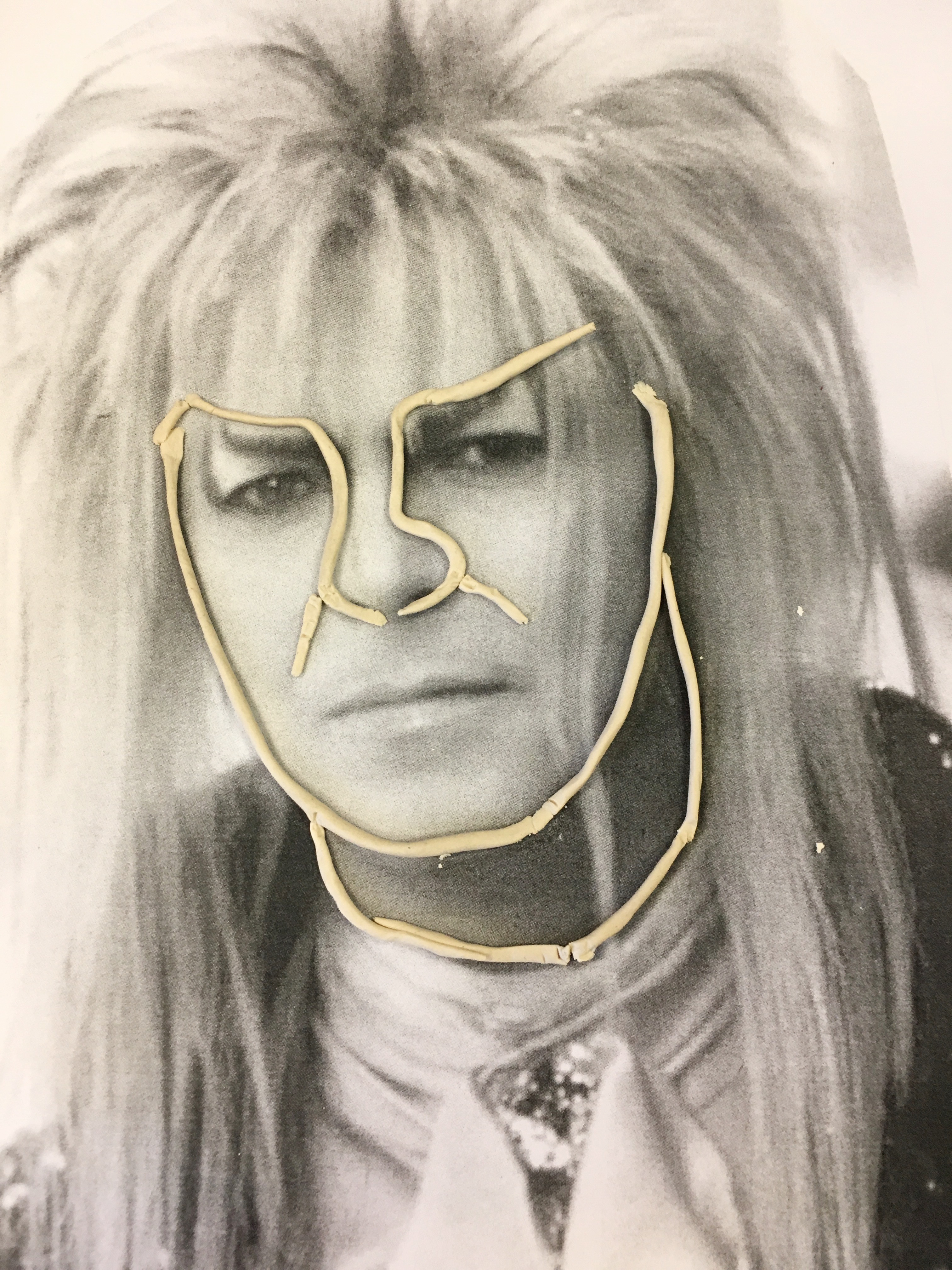
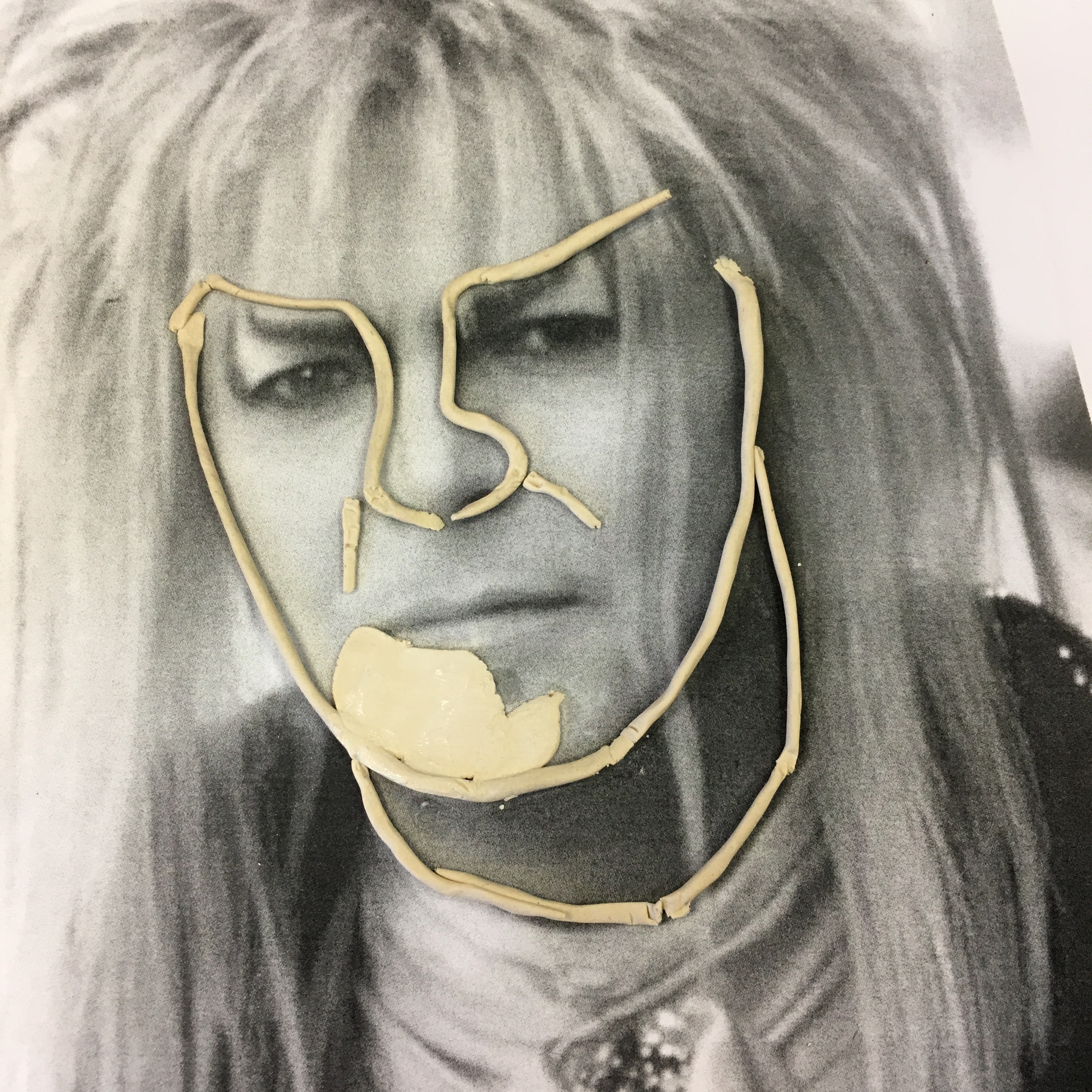
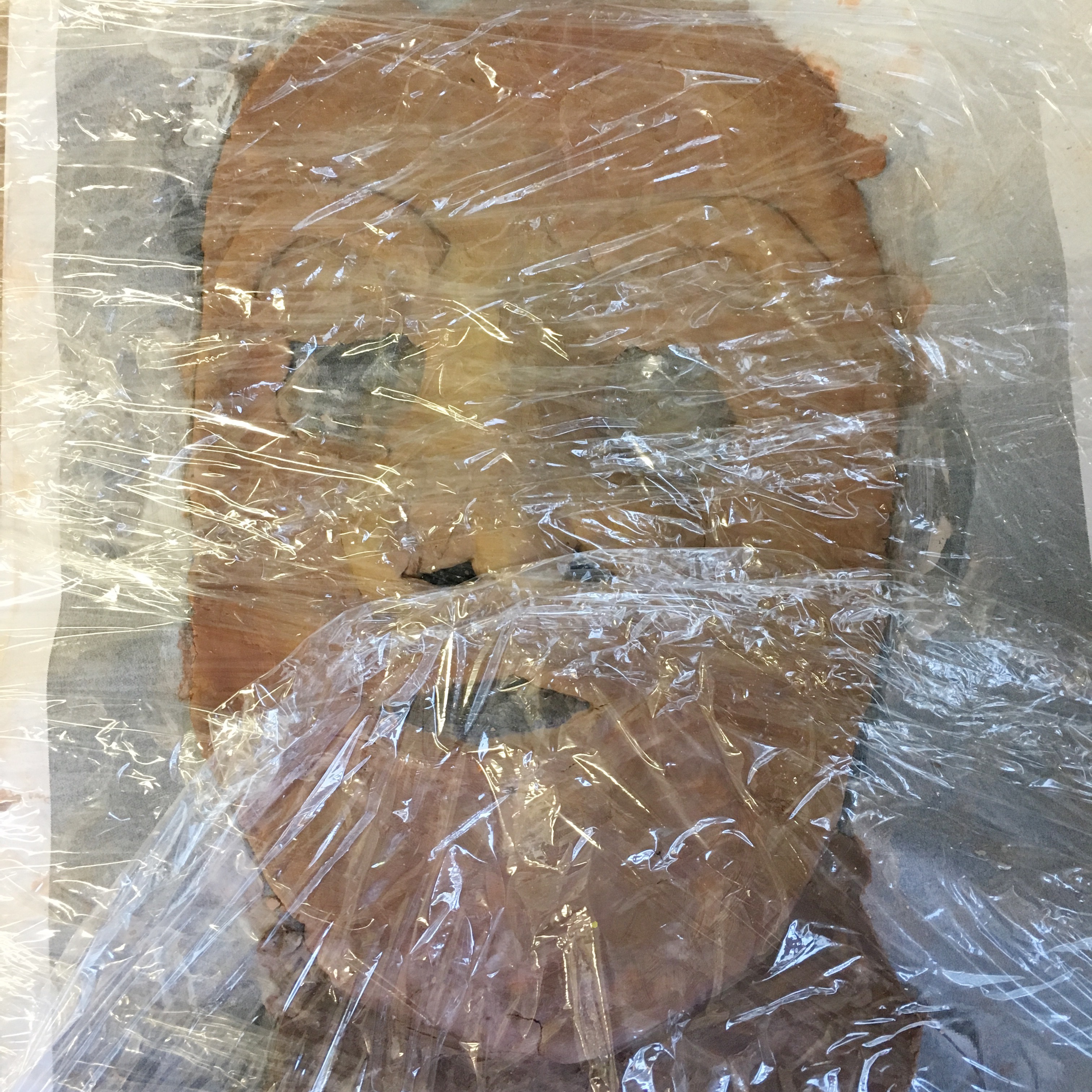
Tape the photo down onto a cardboard background.
I found that outlining the face and facial features using clay rolled into balls and then rolled with 1 hand into thin lines. I also found this to be the easiest method for adding dimension to facial features.
I used a little dab of warm water to smooth the lines and flat pieces together.
Layering
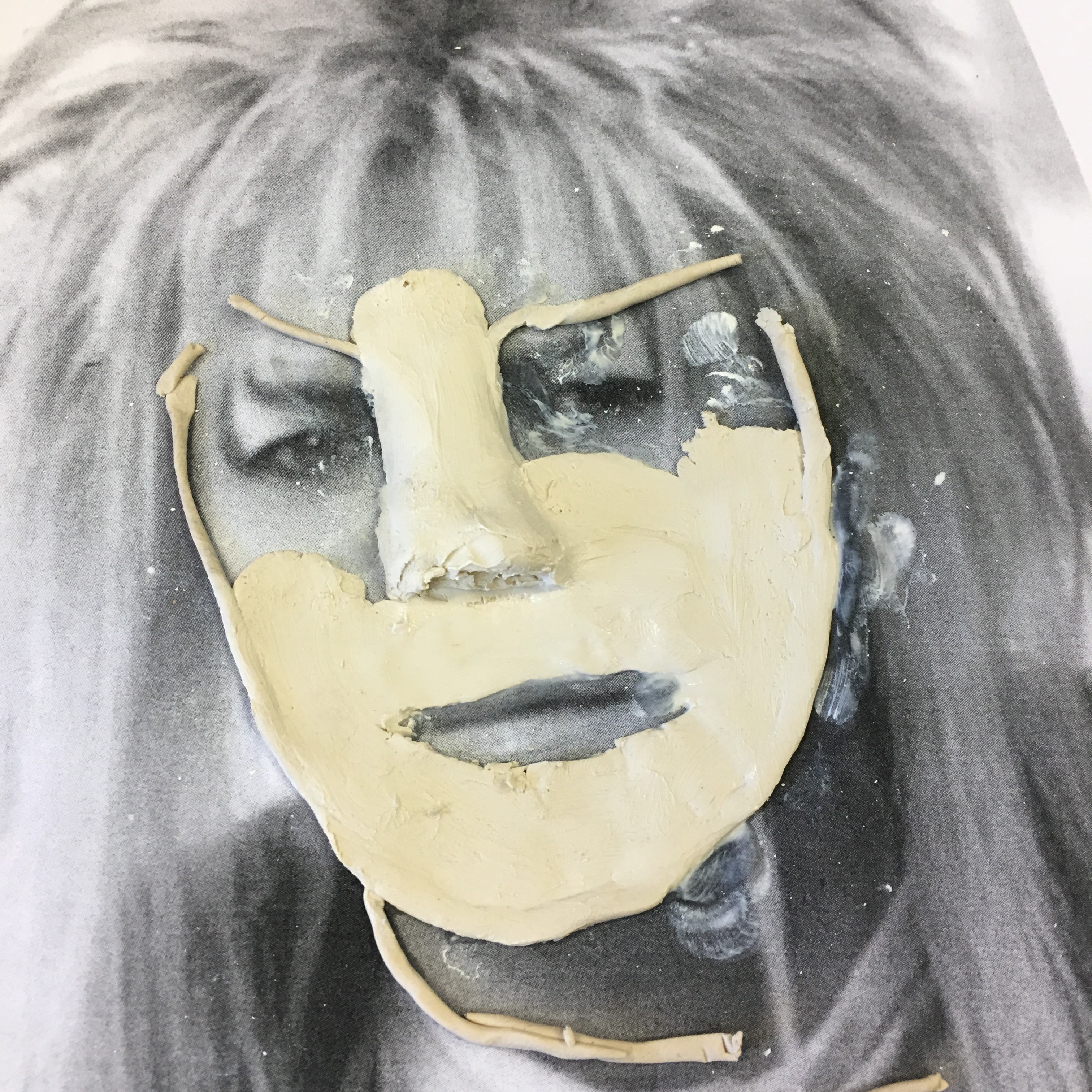
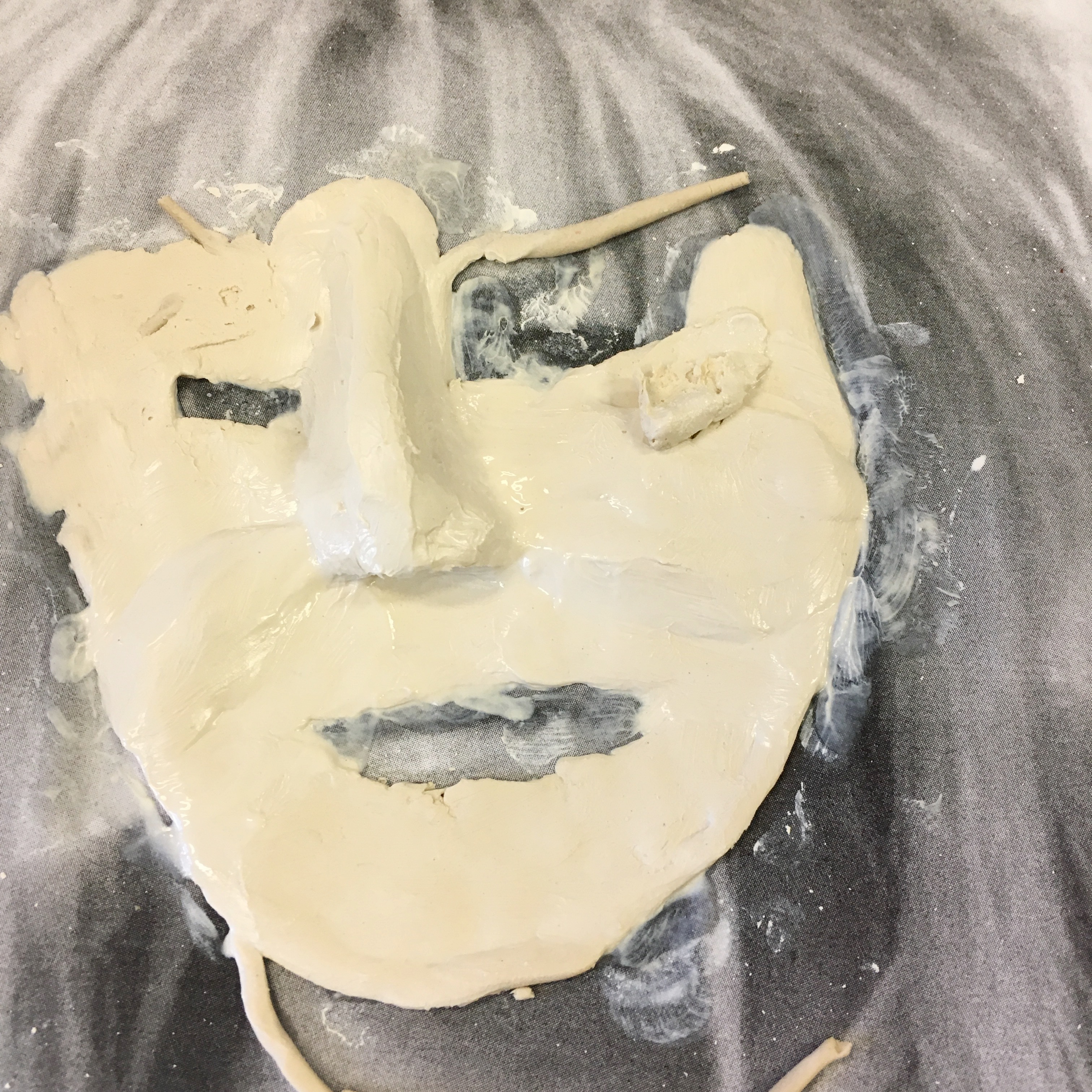
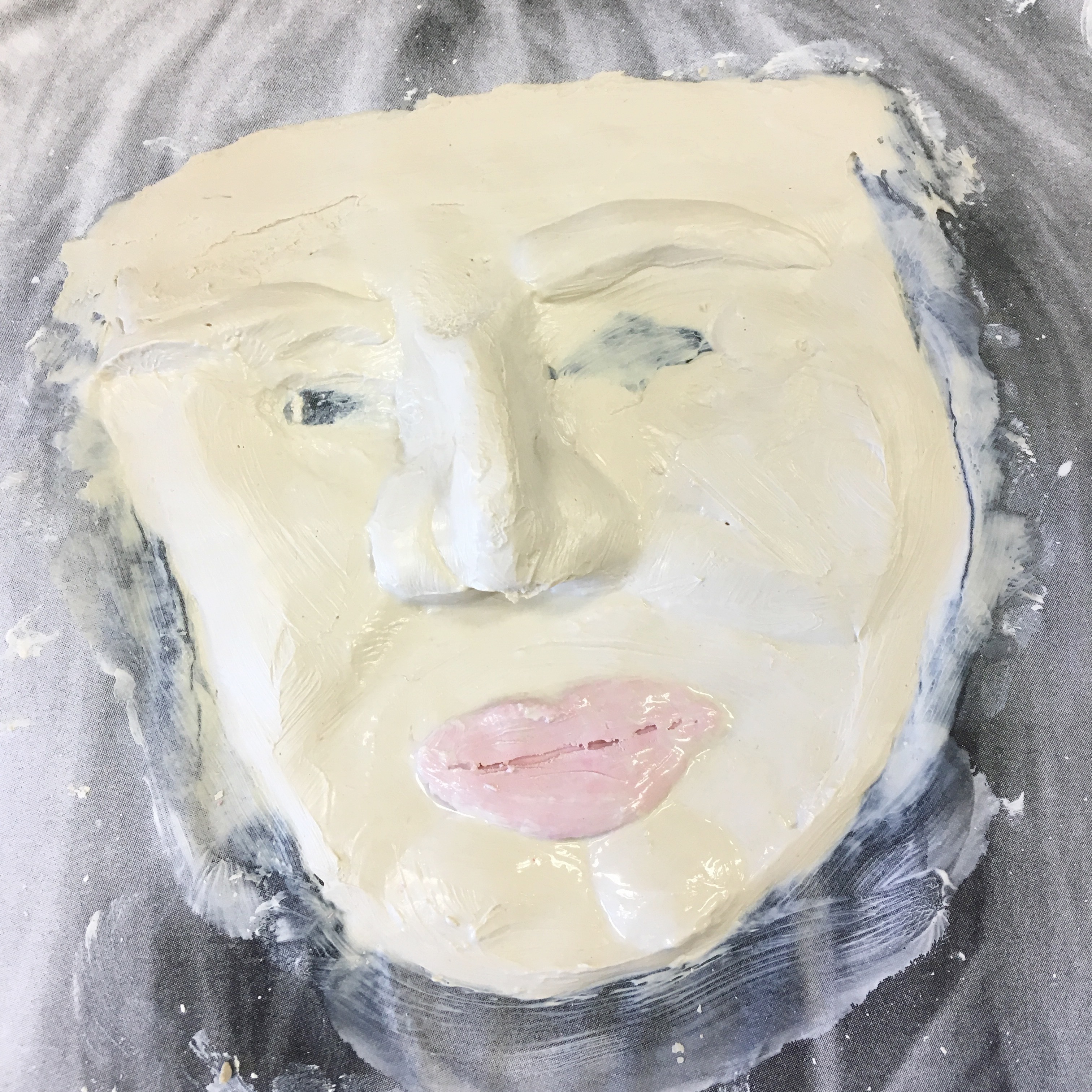
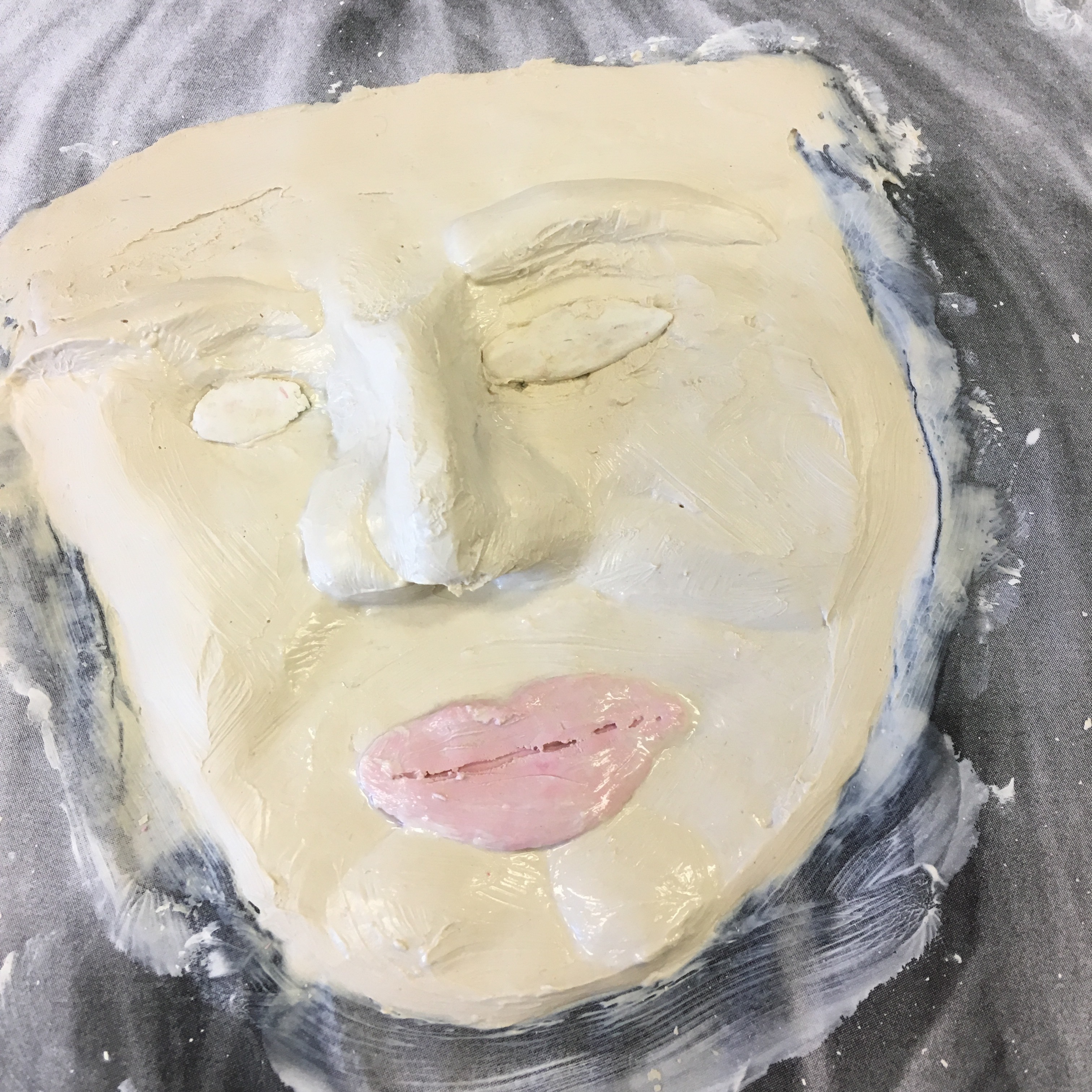
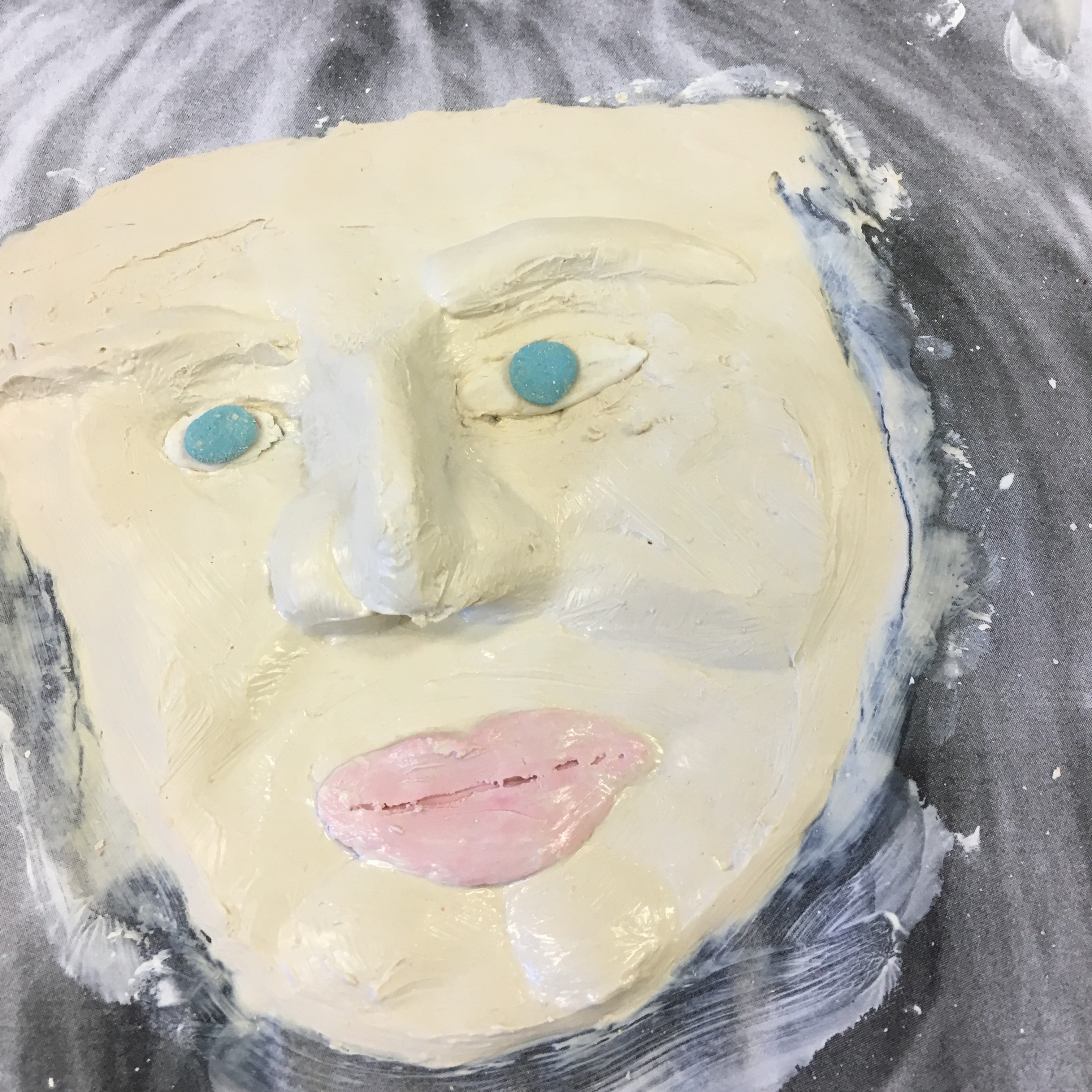
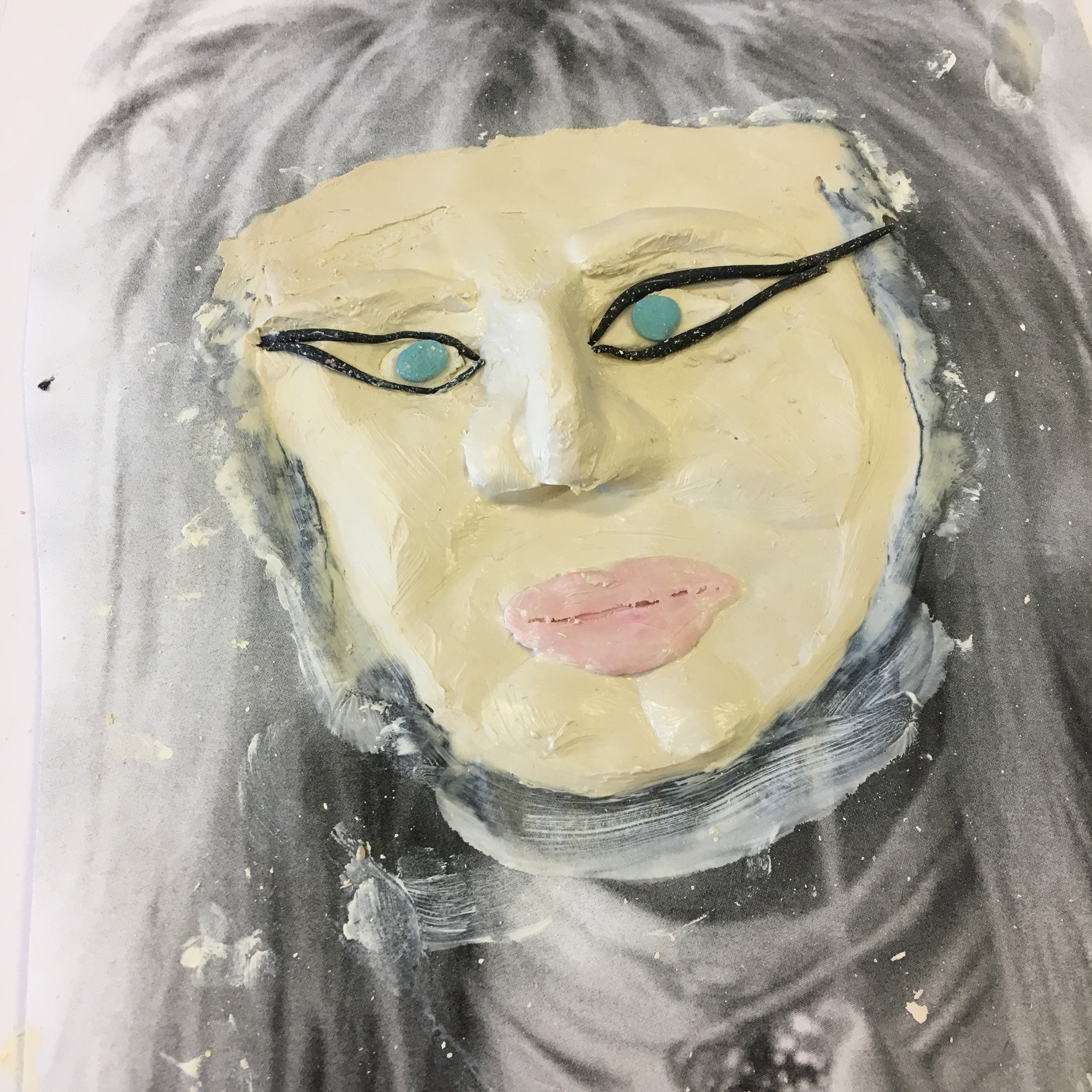
Keep layering the facial features, starting with the nose, until you're satisfied with the depth and then use carving tools to shape the nose. Also, water helps a lot with blending the clay together and keeping the clay soft.
For adding dimension first work on the nose, then brows, chin, cheeks, the rest of the skin, eyeballs (whites, iris, pupil layered) and then the eyelash line on top (creates dimension). Adding balls of clay and warm water to smooth them together works great.
The mouth: teeth first, lips on top. Or, if there are no teeth showing, putting lips on top of a flat layer of "skin" gives dimension. Just make sure to smooth the lips around the edges so they don't look weird.
Hair
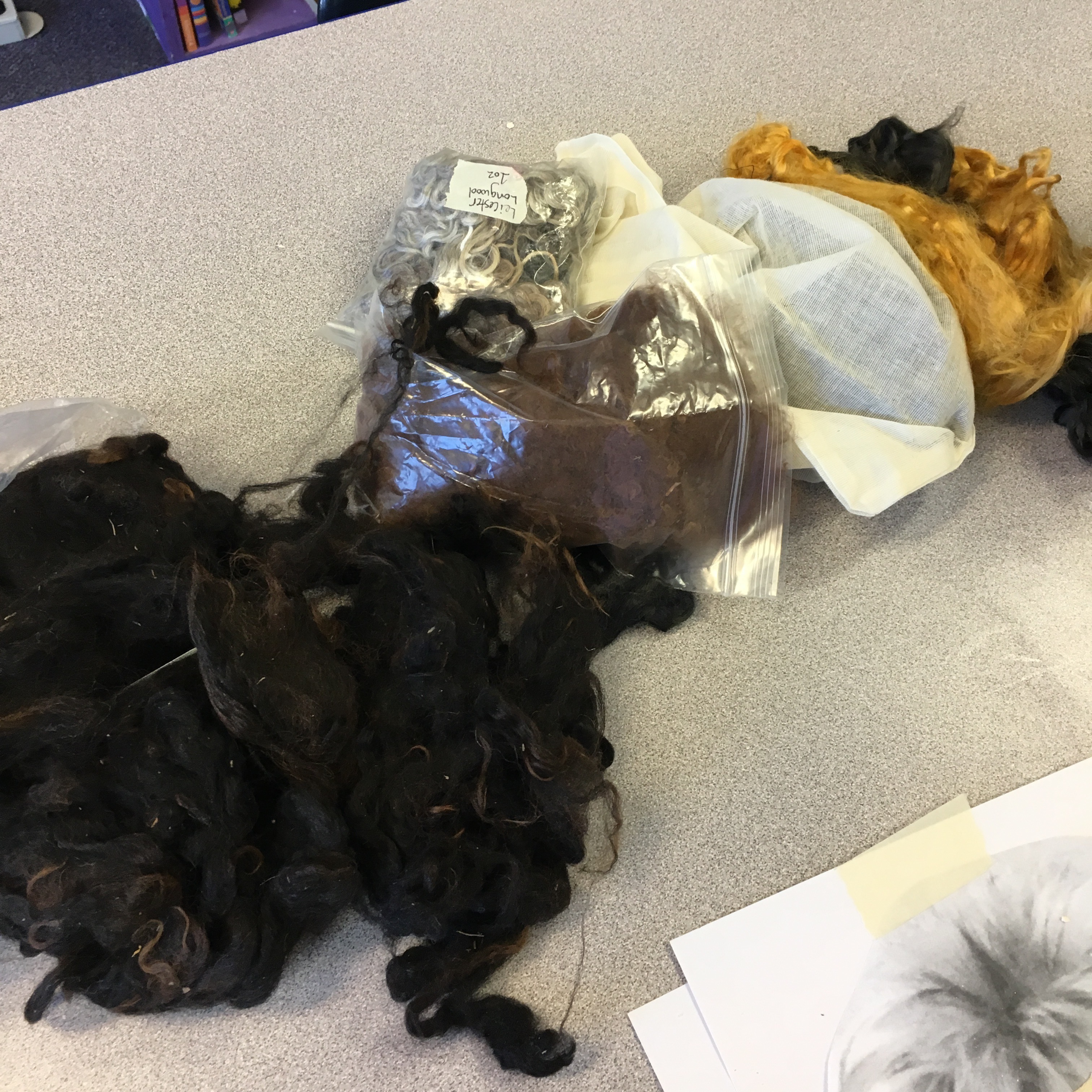
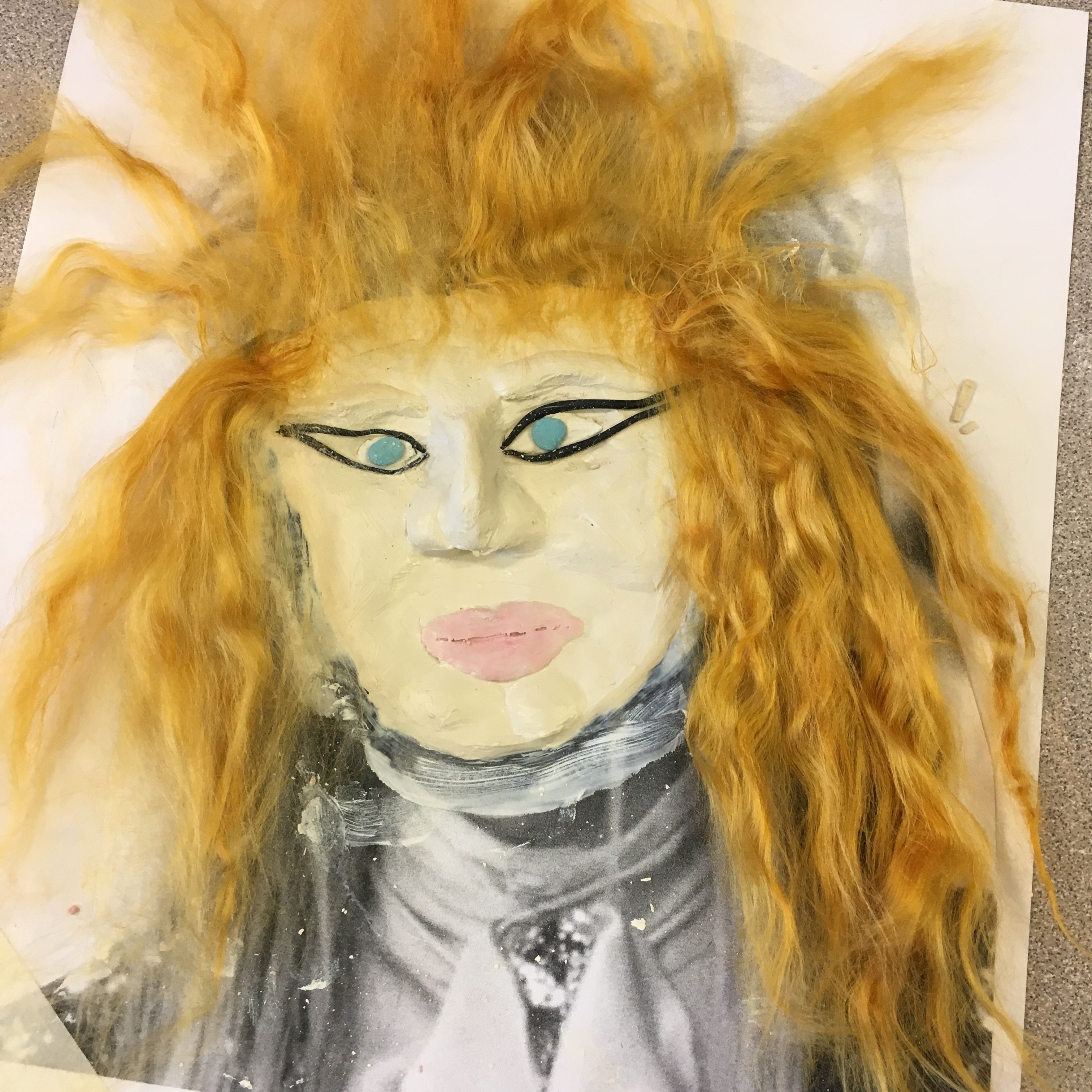
I have a lot of fiber and not a lot of clay, so I gave my students the option of making their hair from clay or using wool. About half of my students took me up on the wool.
So if you're going to use clay to make the hair, then forks work really well for adding definition to hair strands.
If you're using wool, wait until the clay is completely dry 48-72 hours and then glue the clay on with white glue. Only at the ends though, for long hair you may want to leave the hair so it can be free flowing. Which means only using a small amount of glue at the hair lines/top of the head.
Dry & Display
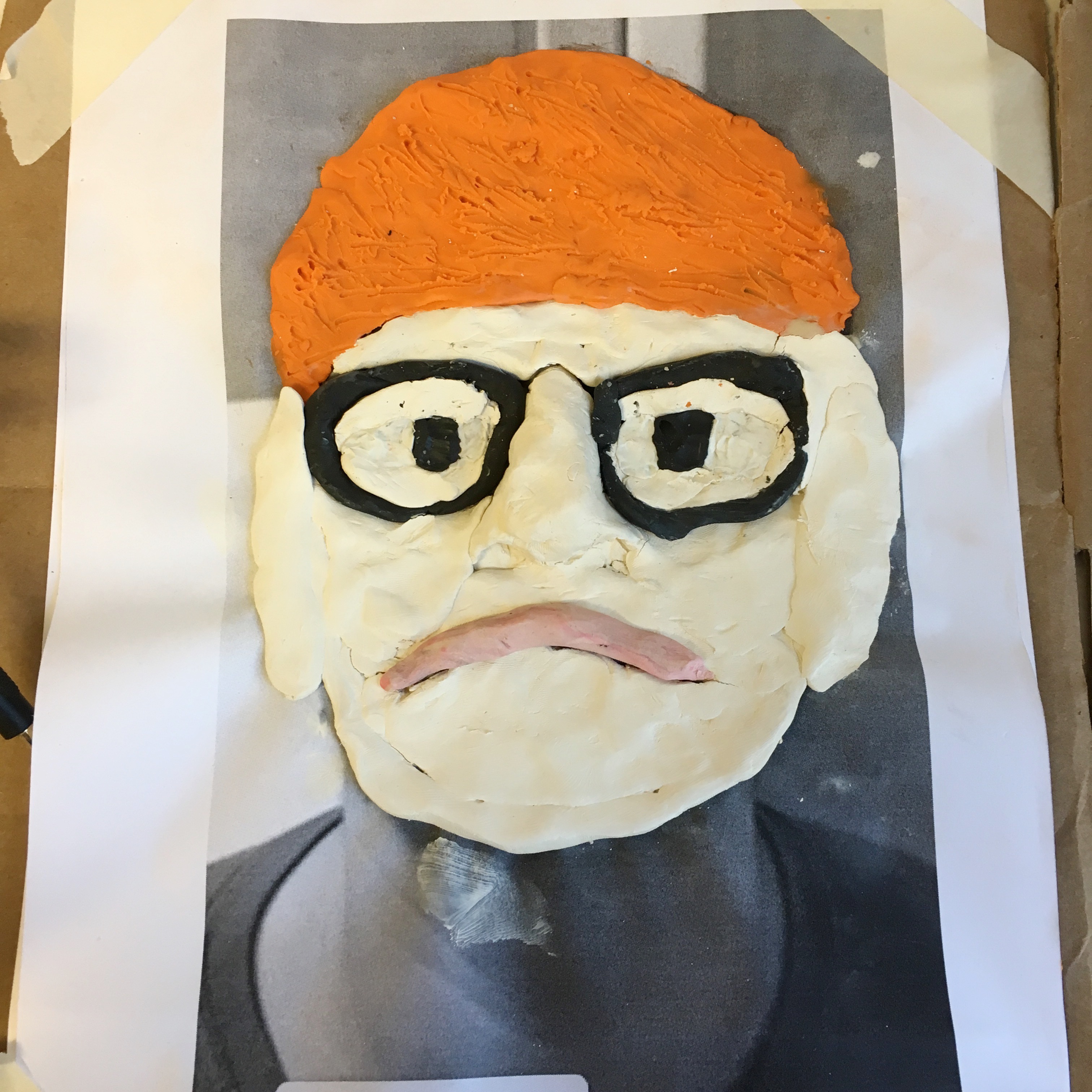
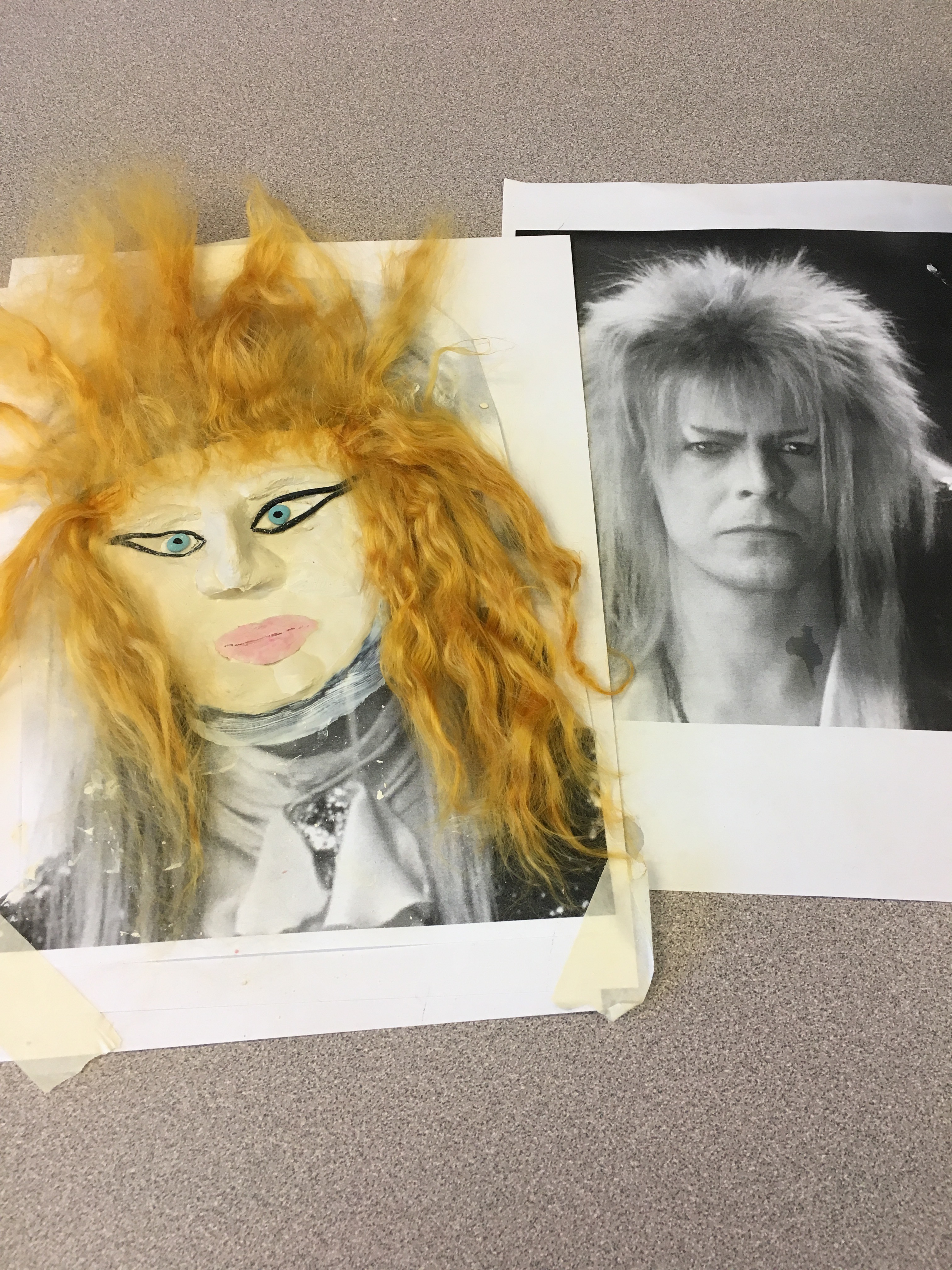
Let the clay portraits dry for 48-72 hours.
During this activity one of my students commented that his clay portrait looked nothing like him. I told him that that was kind of the point. No matter how hard graphic designers or roboticists try, right now they can't create truly human looking robots.